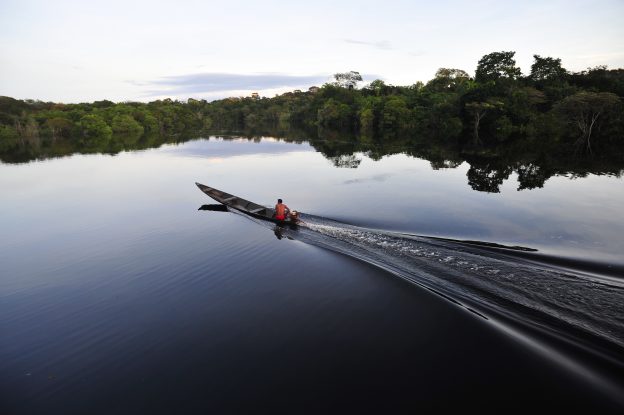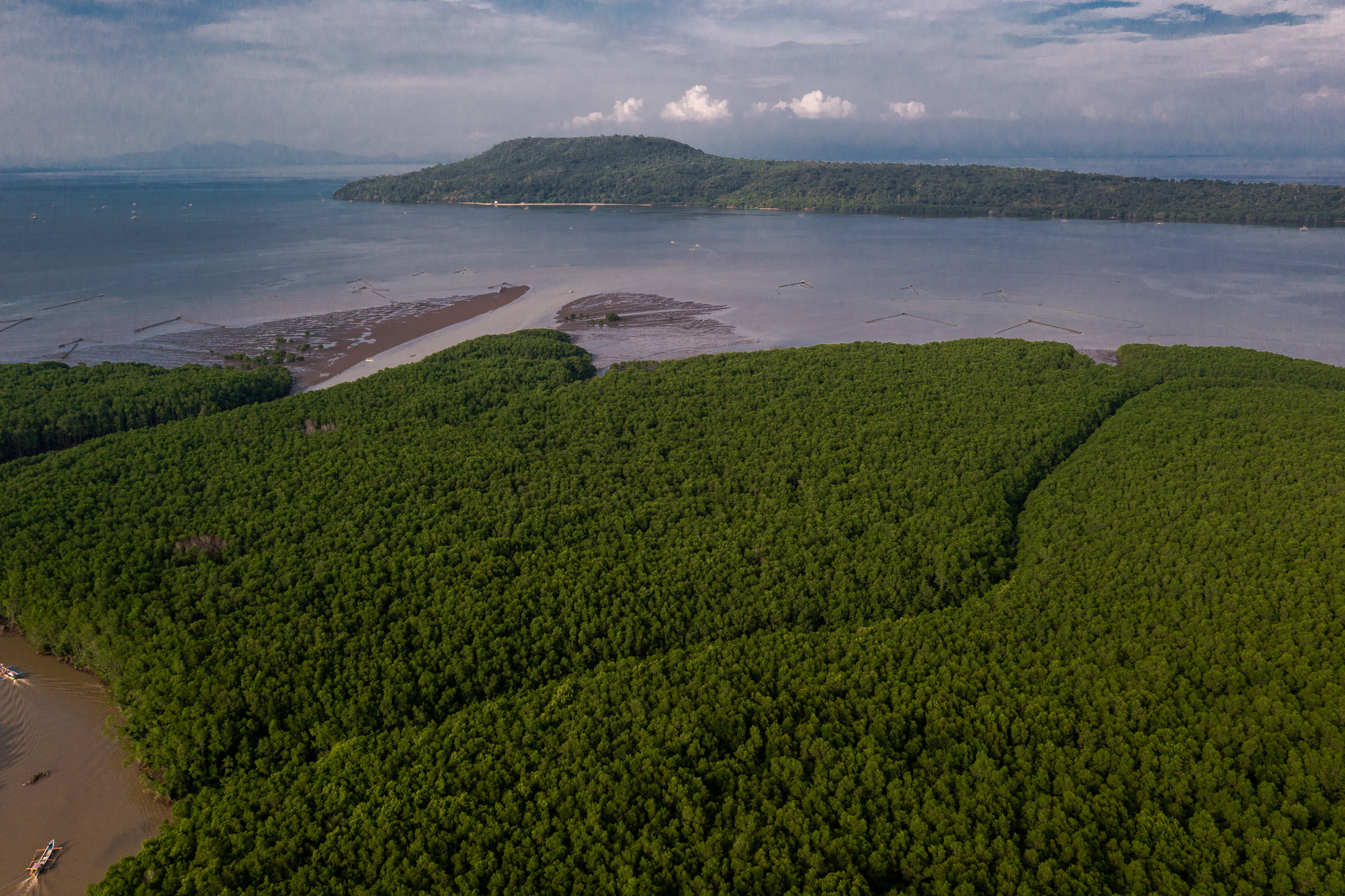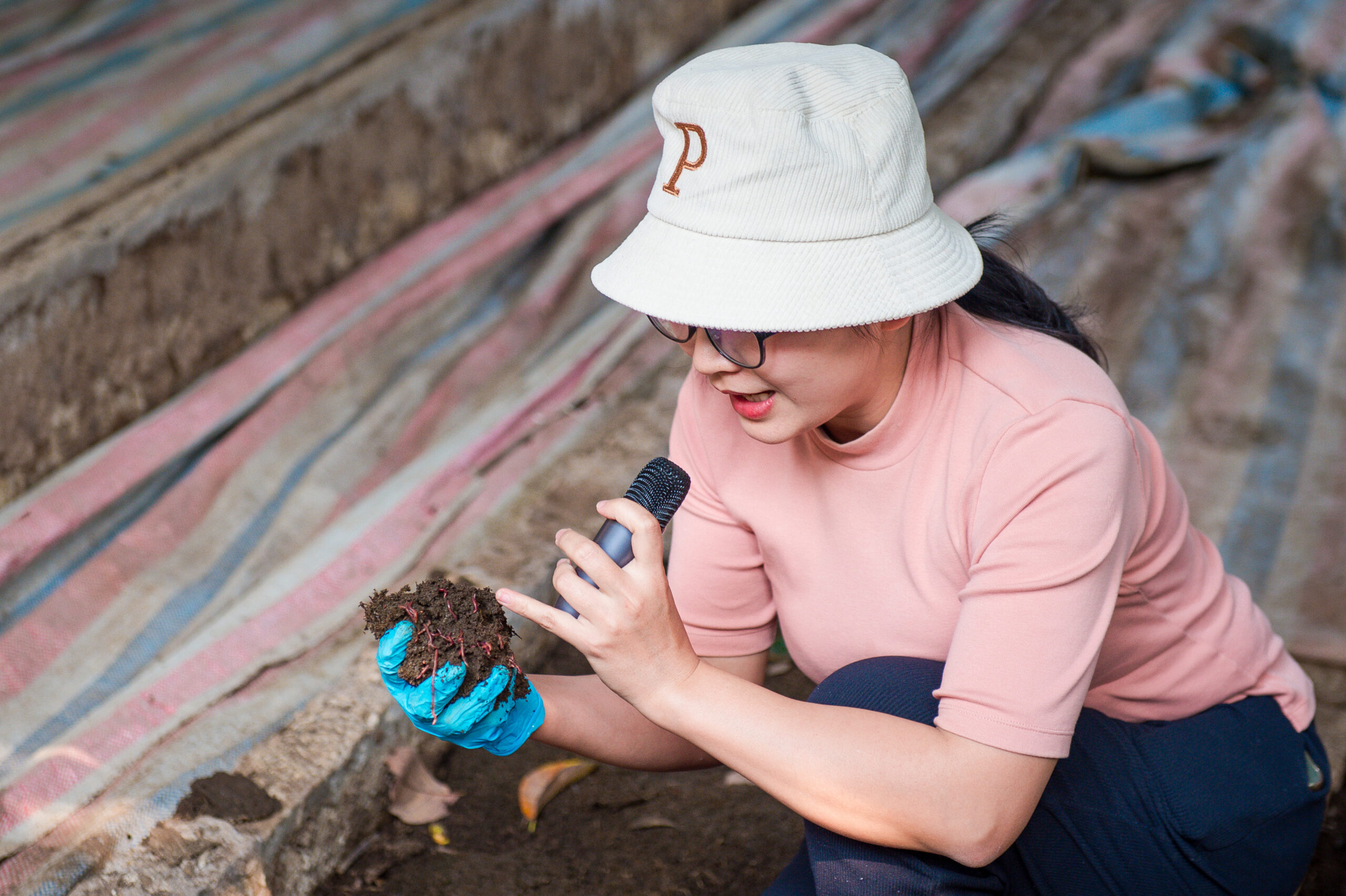Last year, Australian adventurer and writer Peter Gamgee and a team of local guides braved sodden boots,┬Āmachete-sliced trails and relentless mist as they climbed the steep, slippery, moss-draped slopes of Papua New GuineaŌĆÖs Mount Obree. The rediscovery of the WWII Flying Dutchman wreck in Papua New GuineaŌĆÖs Owen Stanley Range has revived a forgotten chapter of wartime history ŌĆö and could spark sustainable trekking in the region. Their goal was as much about memory as discovery: to locate the long-lost aircraft that vanished into the mountain on 10 November 1942.
It wasnŌĆÖt GamgeeŌĆÖs first attempt. In 2020, the adventurer scoured the range but was unsuccessful, unknowingly following decades-old rumours that had shifted in detail as stories were passed from one generation to the next. Four years later, guided by more accurate local knowledge, the team pushed into the moss-covered hull hidden in the ghostly, lichen-dripping alpine cloud forest and found it.┬ĀOn October 4th, the dull glint of metal emerged through the green:┬Āthe aircraftŌĆÖs rusting fuselage, serial number confirming its identity still visible in fading yellow paint on its tail, resting silently at 2,700 metres.┬Ā
A wartime mission turned tragedy┬Ā
The ill-fated plane was delivering US personnel and supplies from Port Moresby to Pongani on the islandŌĆÖs northern coastline, to aid Allied forces fighting Japanese troops. As the plane crossed the jagged, steep mountains of the Owen Stanley Range, a rainstorm struck, pulling the craft downwards.
“We had been flying for almost half an hour when suddenly the plane was caught in a downdraft and fell,ŌĆØ recalled passenger and survivor Senior Sergeant Edward Holleman. ŌĆ£We clipped the tops of some trees. The next moment we crashed. I remember spinning out of my seat, a fire burning fiercely, ammunition all around.ŌĆØ┬Ā
Seventeen of the 23 people aboard survived the crash, though eight were badly injured. Over the following days, two groups set out to seek help, leaving the wounded behind. None returned.┬ĀWhen locals stumbled upon the wreck two months later, only one man remained aliveŌĆömalnourished and unable to walk. He died in their arms before they could carry him to safety.
A record on a door┬Ā
Those menŌĆÖs┬Āfinal days were chronicled in a stark, intimate relic: the aircraftŌĆÖs toilet door.┬ĀOn it, they penned a record of each day, brief entries, since the crash ŌĆösome pragmatic (ŌĆ£Found one chocolate barŌĆØ), others darkly humorous (ŌĆ£Running out of imaginary meals. Boys shouldnŌĆÖt be long nowŌĆØ) and some devastating (ŌĆ£Johnnie died todayŌĆØ).┬ĀRediscovered in 1961 during an unrelated aerial search, the door was recovered and displayed in Port MoresbyŌĆÖs War Museum before being placed on permanent loan to the National Museum of the United States Air Force in Ohio. Flying Dutchman wreck. Photo by Peter Gamgee.IMG_7788
Turning history into a lifeline┬Ā
This October, Gamgee will lead the ŌĆśInaugural Flying Dutchman Trek. The expedition aims to do more than walk in the footsteps of tragedy.┬Ā
┬ĀŌĆ£The primary reason for doing it is to build awareness of the area and bring attention to [local] peopleŌĆÖs needs,ŌĆØ Gamgee said. ŌĆ£ItŌĆÖs also to actually do something. WeŌĆÖll be taking in medicine, installing lighting and communications so they can call for a doctor or medevac when they need it, because they have no way to do that at the present time. And then to build from that.ŌĆØ
For many communities in the Owen Stanley Range, air transport is the only link to government servicesŌĆöbringing in teachers, health workers, medicines and agricultural advisers, while allowing people to travel for education, treatment, and to sell crops or forest products.┬Ā
ŌĆ£Flights also allow people to travel out for school and medical treatment and provide an avenue for transporting crops and forest products for sale,ŌĆØ said Will Unsworth, PNG Project Manager at the Center for International Forestry Research and World Agroforestry (CIFOR-ICRAF), which is supporting the development of the Managalas Conservation Area with funding from the European Union.ŌĆ» ŌĆ£Flights are the gateway to essential services. Without them, communities are effectively cut off.ŌĆØ┬Ā
The long-term vision is to develop sustainable trekking routes that draw international visitors, using eco-tourism to inject resources into local economies. A planned short documentary will tell the Flying DutchmanŌĆÖs story to a global audience, much as other famous trails have gained prominence through film.┬Ā
ŌĆ£We’re going to use the story of the rediscovery of the Flying Dutchman to produce a mini documentary,ŌĆØ said Gamgee. ŌĆ£If you look at the history of development of other trails, they are nothing until they get films or documentaries done.ŌĆØ┬Ā
ŌĆ£If tourism picks up, thatŌĆÖs a reason for regular services to come in,ŌĆØ Gamgee explained. ŌĆ£Then youŌĆÖve got medicines arriving on the same flight, or people going out on a backload. Teachers will be more willing to work there if they know theyŌĆÖve got a reliable way in and out. It changes things enormously.ŌĆØ┬Ā
For more information on this project, please contact William Unsworth (CIFOR-ICRAF):┬Āw.unsworth@cifor-icraf.org┬Ā















